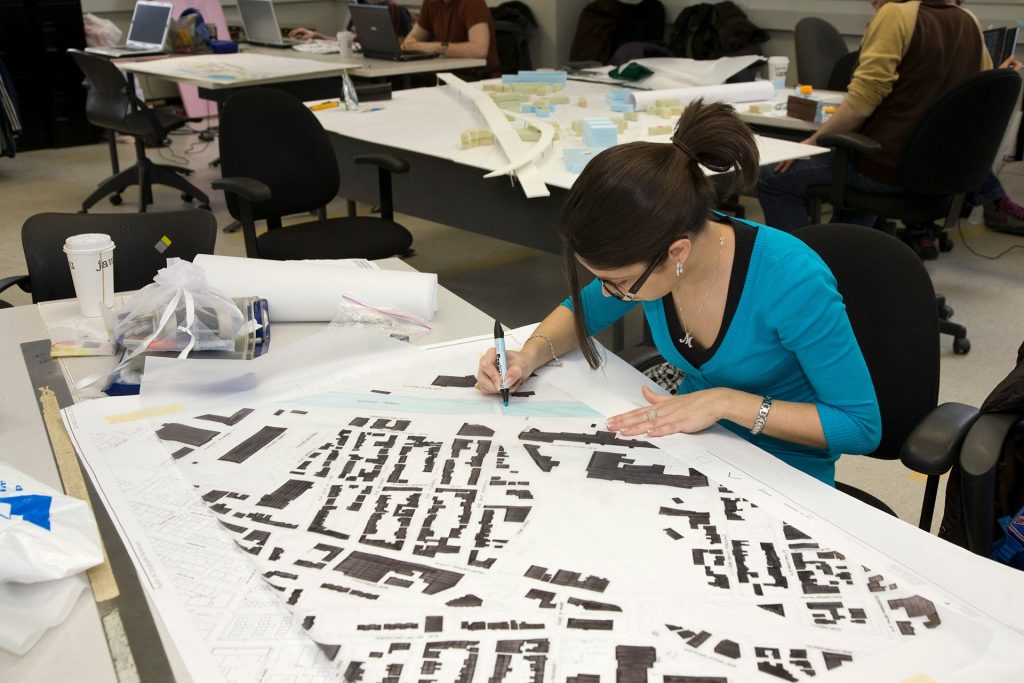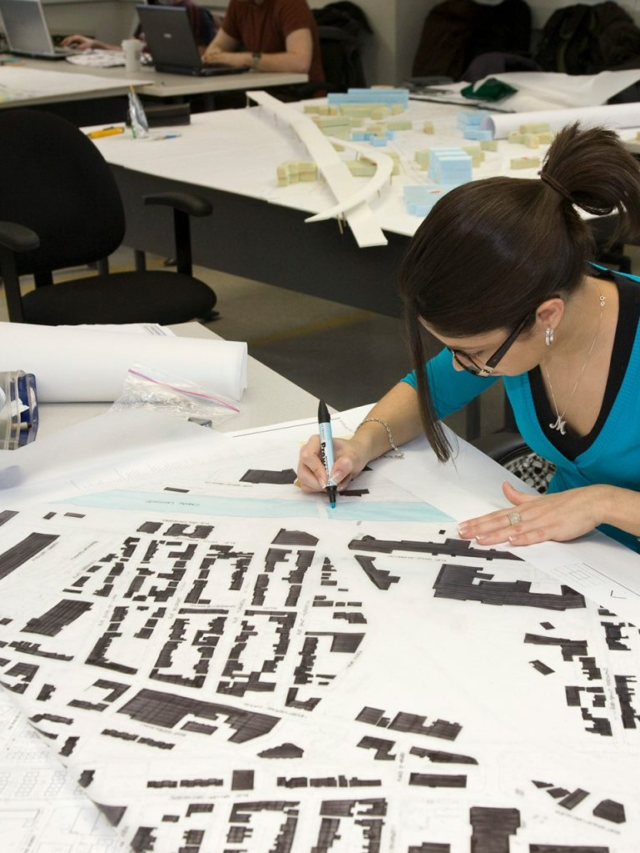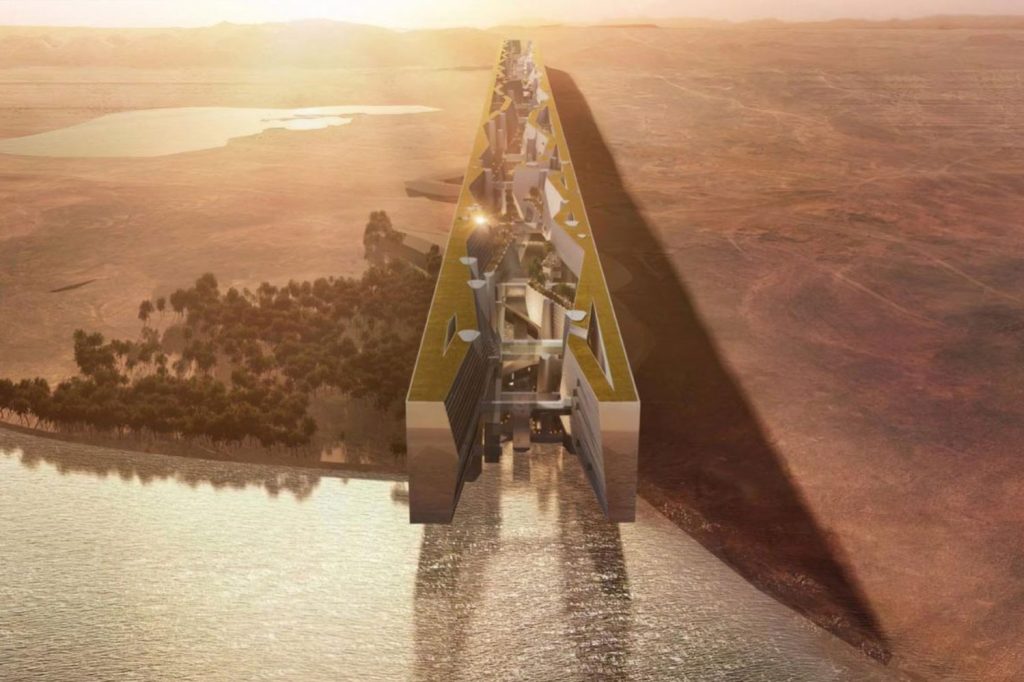Developing adaptable and responsive ways to deal with the changing issues faced by cities is the essence of adaptive urban planning. Case studies offer examples of how cities have used adaptive urban planning to meet particular problems. They provide significant insights into real-world solutions, accomplishments, and lessons gained, making them invaluable resources for urban planners dealing with related issues.
Urban planners can learn from successful and bad experiences through case studies; refining techniques and avoiding blunders can be achieved by understanding what worked and what didn’t in various circumstances. Every city is different, with its potential, problems, and surrounding circumstances. Case studies offer a fuller knowledge of how adaptive urban planning may be customised to particular contexts by considering existing infrastructure, geography, climate, and culture.
Case studies highlight original and imaginative solutions applied in various urban contexts. These examples can serve as a source of inspiration for urban planners, who can then modify and incorporate creative solutions into their designs to tackle new issues. Case studies are useful for decision-makers, including legislators, community leaders, and urban planners. Individuals can better decide which tactics will work best in their unique urban setting by analysing prosperous case studies.
Case studies frequently emphasise how crucial community involvement is to the planning process. Planners can promote inclusive and participatory approaches by making decisions based on their understanding of how communities are involved in decision-making and execution. Adaptive urban planning strongly emphasises adaptability and the capacity to modify plans over time. Urban planners can create resilient and responsive strategies using case studies, demonstrating how cities have altered their plans in response to changing conditions.
Case studies aid effective urban policy development. By examining effective policy executions, planners can pinpoint essential elements, evaluate their effects, and apply this understanding to guide the development or adjustment of urban policies. Through case studies from diverse countries, urban planners can understand how other cultures address difficulties related to urban planning. The development of solutions that are responsive to many social, economic, and cultural contexts is aided by this cross-cultural learning.
Iterative and constantly improving, adaptive urban planning is a process. Case studies serve as a foundation for continuous assessment and improvement of urban plans, enabling cities to remain adaptable to shifting circumstances and new trends. Case studies are helpful in adaptive urban planning because they provide real-world examples, facilitate learning, aid decision-making, and encourage creativity. They aid in creating adaptable, situation-specific, and robust urban planning techniques.
Case Studies in Adaptive Urban Planning
Due to climate change, rising sea levels and more frequent extreme weather occurrences are two challenges Miami faces; resilient infrastructure construction is necessary for adaptive urban planning. The city uses green areas, flood barriers, and raised roadways to absorb extra water. Zoning laws that forbid construction in high-risk locations are also part of the plan. Evaluations and updates are carried out regularly to account for the most recent results in science and climatic data.
Bangalore’s population is increasing, and traffic is worsening; intelligent transportation solutions are the main emphasis of adaptive urban planning. The city invests in various public transportation options, such as integrated digital platforms for real-time traffic control, bike-sharing programmes, and bus rapid transit (BRT) lanes. Traffic patterns are tracked using data analytics, and the transportation plan is frequently modified to account for commuting habits and population development changes.
Detroit must overcome the difficulty of reviving post-industrial areas that now house abandoned enterprises. Converting these spaces into mixed-use projects is known as adaptive urban planning. The city promotes a combination of residential, commercial, and green spaces to build lively neighbourhoods. Zoning laws are changed to encourage local entrepreneurship and draw in enterprises. Community engagement is an essential element to ensure that the development meets the needs and aspirations of the locals.
Tokyo is using adaptable urban planning to meet the demands of its ageing population. The city is putting a lot of effort into developing age-friendly urban design, which includes senior-friendly housing, barrier-free public areas, and infrastructure. Community initiatives are implemented to promote social connections, and public transit is made to suit senior citizens. The plan is often modified to consider the changing requirements of the ageing population.
San Francisco, a preeminent centre for technology, embraces digital change through adaptable urban development. The city invests in cutting-edge municipal technologies, including digital platforms for citizen interaction, data analytics, and Internet of Things sensors. The urban plan is dynamic, responding to the evolving tech landscape and integrating innovations to enhance residents’ efficiency, sustainability, and overall quality of life.
Urban Resilience
The ability of a city to foresee, plan for, respond to, and recover from shocks and stressors while preserving vital services and making adjustments for the future is known as urban resilience. Resilient cities can better endure and recover from various difficulties, such as social unrest, natural disasters, economic shocks, and climate change.
Urban resilience is multifaceted and includes social, economic, environmental, and infrastructure components. Considering how these interconnected dimensions are part of a holistic approach, flexible and robust infrastructure systems are essential for cities. This entails constructing structures, water supply, energy systems, and transportation networks to endure seismic activity, flooding, and other harsh weather conditions. Improving infrastructure resilience requires creative technical solutions and intelligent technologies.
To withstand earthquakes, floods, or other extreme weather events, cities need resilient and adaptable infrastructure systems, including designing buildings, transportation networks, water supplies, and energy systems; using innovative technologies and creative engineering solutions is essential to boosting infrastructure resilience. Social cohesion, community involvement, and the development of inclusive policies that cater to the needs of disadvantaged groups are all components of social resilience, which is the ability of communities to withstand and bounce back from shocks. Social resilience requires both community-based organisations and social networks.
Diversifying the local economy, assisting small and medium-sized businesses (SMEs), and generating job opportunities are all components of economic resilience. The economy of a resilient city can bounce back faster from shocks and adjust to downturns, resulting in sustainable growth.
Case studies are essential in creating the field of adaptive urban planning to help cities navigate the challenges of fast urbanisation, environmental changes, and societal upheavals. They offer insightful information and valuable lessons. The several cases discussed in this article highlight the need to encourage creativity, adapt tactics to specific urban situations, and learn from successes and mistakes.






